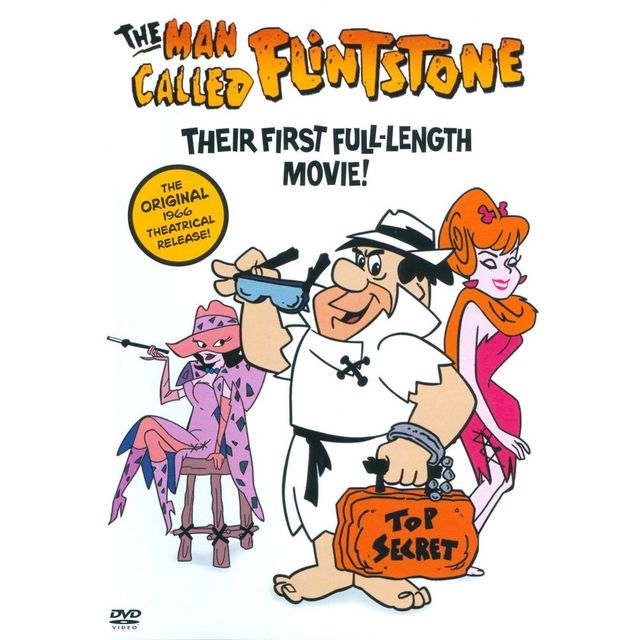Home
A Man Called Destruction
Loading Inventory...
Barnes and Noble
A Man Called Destruction
Current price: $16.99


Barnes and Noble
A Man Called Destruction
Current price: $16.99
Loading Inventory...
Size: CD
*Product Information may vary - to confirm product availability, pricing, and additional information please contact Barnes and Noble
When
Alex Chilton
re-emerged as a recording artist in the mid-'80s, he seemed perversely proud to upend his audience's expectations, delivering scruffy but emphatic R&B-influenced material rather than the visionary pop music he created in
Big Star
. In many respects, 1995's
A Man Called Destruction
found
Chilton
following the same path as he did on
Feudalist Tarts
and
High Priest
with its no-frills production, live-in-the-studio attack, and set list that mixed idiosyncratic covers with quirky original tunes. But while his '80s work often sounded like the work of a man who was getting back on his feet as a musician,
is thoroughly confident, the work of a man indulging his stylistic eccentricities and having a splendid time doing it.
cut
at his old Memphis stomping grounds, Ardent Studios, with a band made up of old studio hands and frequent collaborators, and with
Alex
at the helm they generate a great sense of groove, loosely tight in the great Southern manner rather than shambolic like
Like Flies on Sherbert
.
's gutsy guitar playing is at the center of the arrangements, and his picking is angular but expressive, generating potent kicks at every turn. For the most part, the covers here outshine
's originals, especially a raucous take on
Chris Kenner
's "Sick and Tired," a playful version of the
Jan & Dean
chestnut "The New Girl in School" (co-written by
Brian Wilson
), and the charmingly cheesy soul workout "What's Your Sign Girl." But the instrumental "Boplexity" generates the album's most exciting performance, with
Charles Hodges
delivering a wild organ solo as he squares off against
's guitar, and the rollicking "You're Lookin' Good" and "Don't Stop" make it clear
always knew how to rock.
proved to be one of
's final solo efforts, and it's a shame he didn't try this again -- by this time, he was slowly but surely turning jamming in the studio into some sort of an ragged-but-right art form. ~ Mark Deming
Alex Chilton
re-emerged as a recording artist in the mid-'80s, he seemed perversely proud to upend his audience's expectations, delivering scruffy but emphatic R&B-influenced material rather than the visionary pop music he created in
Big Star
. In many respects, 1995's
A Man Called Destruction
found
Chilton
following the same path as he did on
Feudalist Tarts
and
High Priest
with its no-frills production, live-in-the-studio attack, and set list that mixed idiosyncratic covers with quirky original tunes. But while his '80s work often sounded like the work of a man who was getting back on his feet as a musician,
is thoroughly confident, the work of a man indulging his stylistic eccentricities and having a splendid time doing it.
cut
at his old Memphis stomping grounds, Ardent Studios, with a band made up of old studio hands and frequent collaborators, and with
Alex
at the helm they generate a great sense of groove, loosely tight in the great Southern manner rather than shambolic like
Like Flies on Sherbert
.
's gutsy guitar playing is at the center of the arrangements, and his picking is angular but expressive, generating potent kicks at every turn. For the most part, the covers here outshine
's originals, especially a raucous take on
Chris Kenner
's "Sick and Tired," a playful version of the
Jan & Dean
chestnut "The New Girl in School" (co-written by
Brian Wilson
), and the charmingly cheesy soul workout "What's Your Sign Girl." But the instrumental "Boplexity" generates the album's most exciting performance, with
Charles Hodges
delivering a wild organ solo as he squares off against
's guitar, and the rollicking "You're Lookin' Good" and "Don't Stop" make it clear
always knew how to rock.
proved to be one of
's final solo efforts, and it's a shame he didn't try this again -- by this time, he was slowly but surely turning jamming in the studio into some sort of an ragged-but-right art form. ~ Mark Deming









![The Man Called Noon [Blu-ray]](https://prodimage.images-bn.com/pimages/0738329208561_p0_v2_s600x595.jpg)

![A Man Called Tiger [Blu-ray]](https://prodimage.images-bn.com/pimages/0760137159841_p0_v2_s600x595.jpg)






